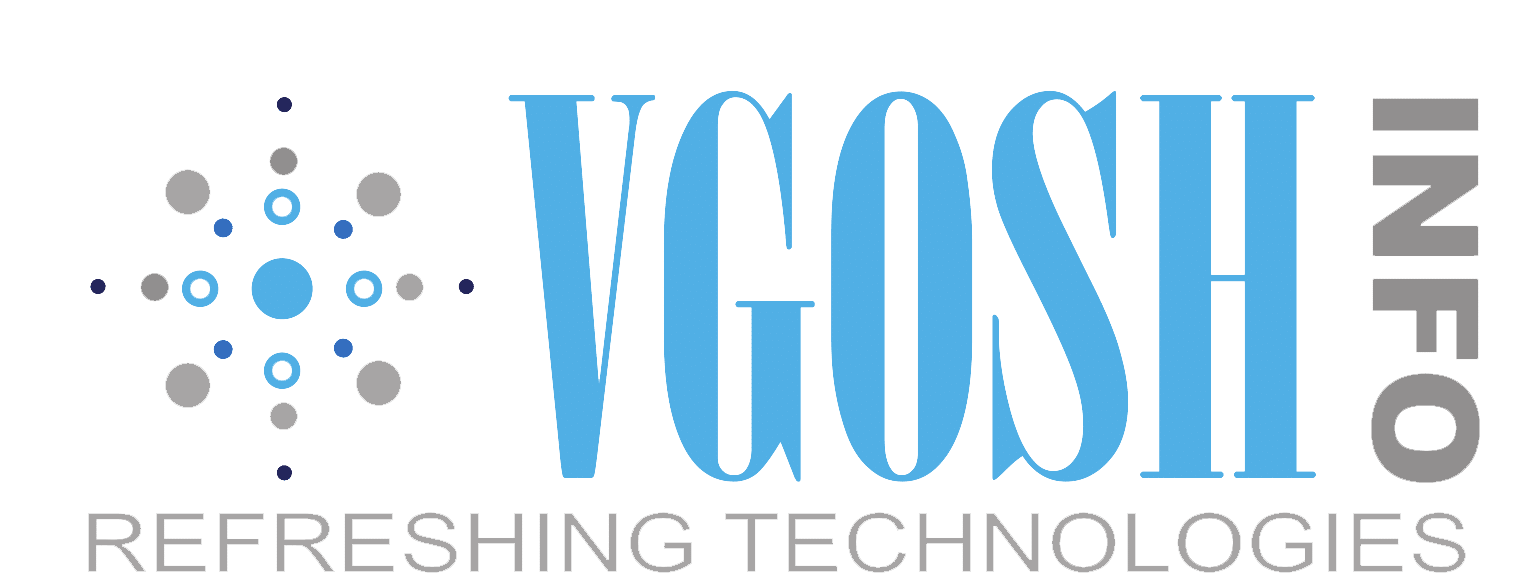The Future of Remote Work: How IT Solutions Can Support Hybrid Work Environments
The pandemic has irrevocably altered the landscape of work. As the world emerges from the grip of COVID-19, businesses globally are grappling with the challenge of defining the future of work. Enter the hybrid work environment: a seamless blend of remote and in-office work that promises flexibility, enhanced productivity, and employee satisfaction. At the heart of this transformation lies the critical role of IT solutions, which are pivotal in supporting and optimizing hybrid work environments. This blog explores how IT solutions can empower businesses to navigate the future of remote work effectively.
The Evolution of Remote Work
Before delving into the specifics of IT solutions, it is essential to understand the evolution of remote work. Initially perceived as a temporary response to a global crisis, remote work has now become a mainstay. The flexibility and autonomy it offers have led many employees to prefer it over the traditional office setup. However, complete remote work also presents challenges such as isolation, communication barriers, and blurred work-life boundaries.
Hybrid work environments aim to address these issues by combining the best of both worlds. Employees can choose to work from home or come into the office as needed, fostering collaboration while maintaining flexibility. This model not only enhances employee satisfaction but also helps companies attract and retain top talent. However, the success of hybrid work environments hinges on robust IT infrastructure and solutions.
Key IT Solutions for Hybrid Work Environments
1. Cloud Computing
Cloud computing is the cornerstone of any hybrid work environment. It enables employees to access data and applications from anywhere, at any time, using any device. Cloud services like Google Workspace, Microsoft 365, and Dropbox ensure that team members can collaborate in real time, share files seamlessly, and maintain productivity irrespective of their physical location.
Moreover, cloud computing offers scalability, which is crucial for businesses navigating fluctuating demands. Companies can scale their IT resources up or down based on their needs, ensuring cost-efficiency. Security is another significant advantage, as leading cloud service providers invest heavily in advanced security measures to protect data from breaches and cyber threats.
2. Virtual Private Networks (VPNs)
In a hybrid work setup, secure access to company resources is paramount. VPNs create a secure and encrypted connection between the employee’s device and the company’s network. This ensures that sensitive data remains protected, even when accessed from unsecured locations.
VPNs also offer the advantage of masking the user’s IP address, thereby enhancing privacy. Businesses can implement enterprise-grade VPN solutions to provide their remote workforce with secure and reliable access to internal systems and data.
3. Collaboration Tools
Effective communication and collaboration are vital for the success of hybrid work environments. Tools like Slack, Microsoft Teams, and Zoom have become indispensable in facilitating virtual meetings, instant messaging, and project management. These platforms offer features such as screen sharing, file sharing, and integration with other business applications, making it easier for teams to work together regardless of their physical location.
Collaboration tools also enhance transparency and accountability. Managers can track progress, set deadlines, and ensure that team members stay aligned with the company’s goals and objectives.
4. Cybersecurity Solutions
With the rise of remote work, cybersecurity threats have also increased. Phishing attacks, malware, and ransomware are significant concerns for businesses operating in a hybrid environment. Implementing robust cybersecurity solutions is non-negotiable to safeguard company data and maintain business continuity.
Endpoint security solutions, firewalls, and multi-factor authentication (MFA) are essential components of a comprehensive cybersecurity strategy. Regular training and awareness programs for employees are also crucial to mitigate human errors and ensure a security-conscious workforce.
5. Unified Endpoint Management (UEM)
Managing a diverse array of devices used by employees in a hybrid work environment can be challenging. Unified Endpoint Management (UEM) solutions provide a centralized platform to manage, monitor, and secure all endpoints, including desktops, laptops, smartphones, and tablets.
UEM solutions enable IT administrators to enforce security policies, distribute software updates, and troubleshoot issues remotely. This not only enhances security but also improves operational efficiency by reducing downtime and ensuring that all devices are compliant with company policies.
6. Artificial Intelligence and Machine Learning
AI and ML technologies are transforming the way businesses operate in hybrid work environments. AI-powered chatbots and virtual assistants can handle routine queries, freeing up human resources for more strategic tasks. Machine learning algorithms can analyze vast amounts of data to provide insights into employee productivity, customer behavior, and market trends.
AI and ML can also enhance cybersecurity by detecting anomalies and potential threats in real-time, allowing businesses to respond proactively. Integrating these technologies into IT solutions can significantly boost efficiency and decision-making.
7. Digital Workspaces
Digital workspaces provide a unified and personalized interface for employees to access all their work-related applications and data. Solutions like Citrix Workspace and VMware Workspace ONE enable seamless integration of various tools and services, enhancing user experience and productivity.
Digital workspaces also support single sign-on (SSO) capabilities, reducing the need for multiple logins and enhancing security. By providing a consistent and cohesive digital environment, businesses can ensure that employees have everything they need to perform their tasks efficiently.
The Human Element: Supporting Employees in a Hybrid Work Environment
While IT solutions are crucial, the human element cannot be overlooked. Businesses must prioritize employee well-being and support to ensure the success of hybrid work environments. This includes providing ergonomic equipment for home offices, offering mental health resources, and fostering a culture of inclusivity and collaboration.
Regular check-ins, feedback sessions, and team-building activities can help maintain a sense of community and belonging among remote and in-office employees. Additionally, offering flexible work hours and promoting a healthy work-life balance can prevent burnout and enhance job satisfaction.
In Conclusion, The future of work is undoubtedly hybrid, and IT solutions play a pivotal role in making this transition seamless and effective. By leveraging cloud computing, VPNs, collaboration tools, cybersecurity solutions, UEM, AI, and digital workspaces, businesses can create a robust infrastructure that supports hybrid work environments.
However, the success of this model also depends on a holistic approach that includes employee support and well-being. By balancing technological advancements with a focus on human needs, businesses can thrive in the evolving landscape of remote work and build a resilient and adaptable workforce for the future.





